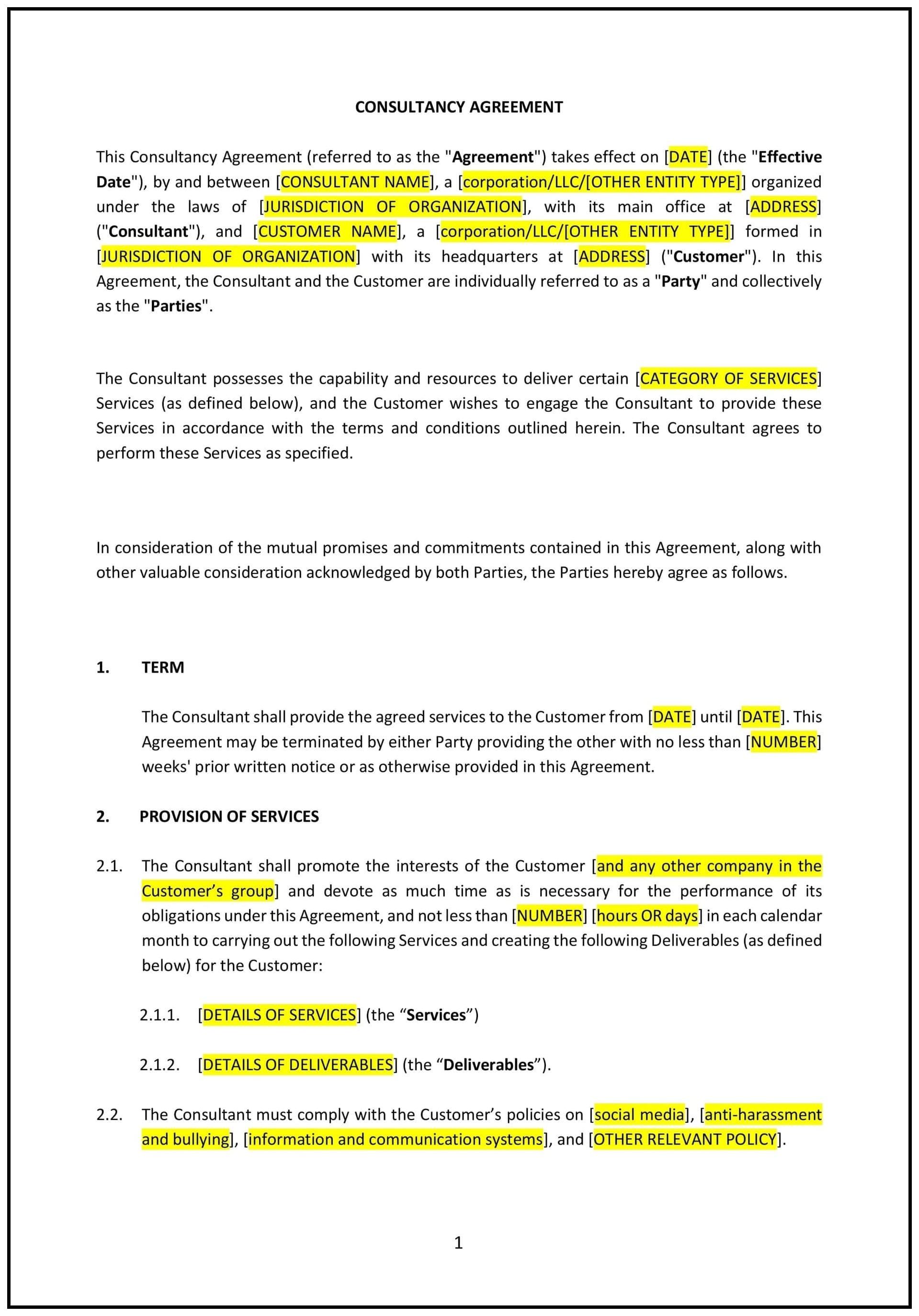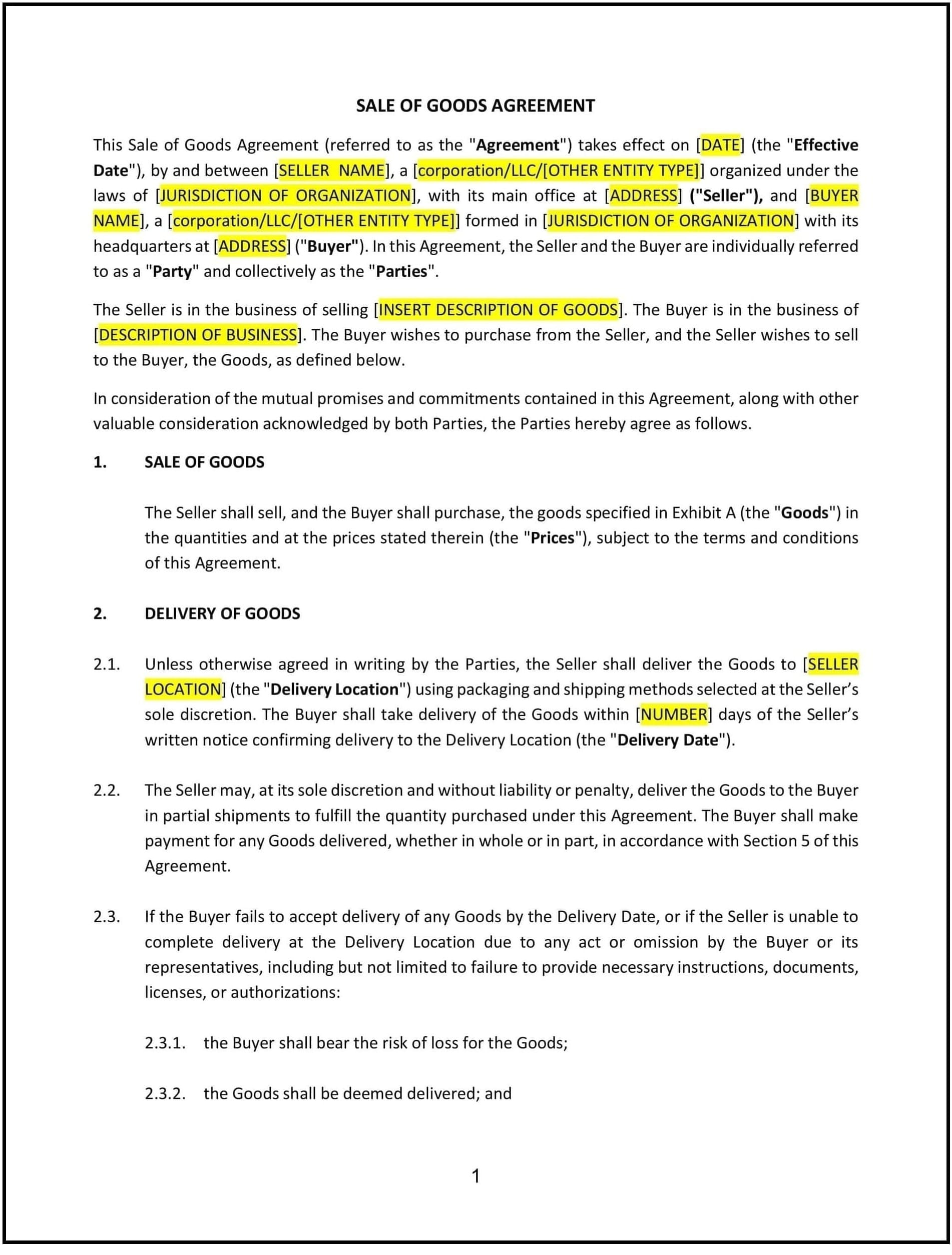Service Level Agreement (SLA) (Alaska): Free template

Service Level Agreement (SLA) (Alaska)
A Service Level Agreement (SLA) is a legally binding contract between a service provider and a client that outlines the expectations, deliverables, and performance standards for the services provided. In Alaska, SLAs are commonly used in industries such as telecommunications, logistics, healthcare, and IT services to ensure clear communication and accountability. This agreement establishes measurable performance metrics, outlines remedies for service disruptions, and provides mechanisms for resolving disputes.
For example, an Alaska-based telecommunications provider might use an SLA to guarantee network uptime and response times for technical support, while a logistics company might define delivery schedules and performance benchmarks for remote or rural areas. A well-drafted SLA helps businesses build trust with clients while minimizing risks associated with service interruptions or unmet expectations.
Tips for drafting and maintaining a Service Level Agreement (SLA) in Alaska
- Define service expectations clearly: Specify the services to be provided, including measurable performance standards. For instance, if offering IT support, detail response times, resolution targets, and system availability guarantees.
- Include performance metrics: Establish key performance indicators (KPIs) to evaluate service quality. For example, specify a 99.5% uptime guarantee for cloud services or a maximum 6-hour response time for critical issues in remote locations.
- Address service credits or penalties: Outline remedies for service failures, such as refunds, credits, or discounts. For example, include provisions for issuing credits if performance falls below agreed-upon thresholds.
- Strengthen alignment with Alaska regulations: Ensure the SLA complies with state-specific laws, such as consumer protection statutes or industry-specific requirements. This reinforces enforceability and protects both parties.
- Include dispute resolution mechanisms: Define how disputes will be handled, whether through mediation, arbitration, or litigation. Specify Alaska as the governing law to avoid jurisdictional conflicts.
- Regularly review and update: Periodically assess the SLA to ensure it reflects changes in service offerings or client needs. For example, if new technologies or processes are introduced, update the agreement to incorporate these changes.
Frequently asked questions (FAQs)
Q: What should a Service Level Agreement (SLA) include in Alaska?
A: It should include clear service descriptions, performance metrics, remedies for service failures, compliance with Alaska laws, and dispute resolution mechanisms. Additionally, specify how performance will be measured and reported.
Q: How does Alaska law impact Service Level Agreements?
A: Alaska law emphasizes transparency and fairness in contracts. Any ambiguity may be interpreted against the drafting party. Compliance with consumer protection laws and industry-specific regulations is critical to avoid penalties and ensure enforceability.
Q: Can a Service Level Agreement (SLA) limit liability in Alaska?
A: Yes, an SLA can include clauses that limit liability for issues such as service outages or delays. However, these clauses must be reasonable, clearly stated, and aligned with Alaska’s contract laws to be enforceable.
Q: What industries commonly use Service Level Agreements (SLA) in Alaska?
A: Industries like telecommunications, logistics, healthcare, and IT services frequently use SLAs in Alaska to establish clear expectations and performance benchmarks, especially given the state’s unique geographic challenges.
This article contains general legal information and does not contain legal advice. Cobrief is not a law firm or a substitute for an attorney or law firm. The law is complex and changes often. For legal advice, please ask a lawyer.


